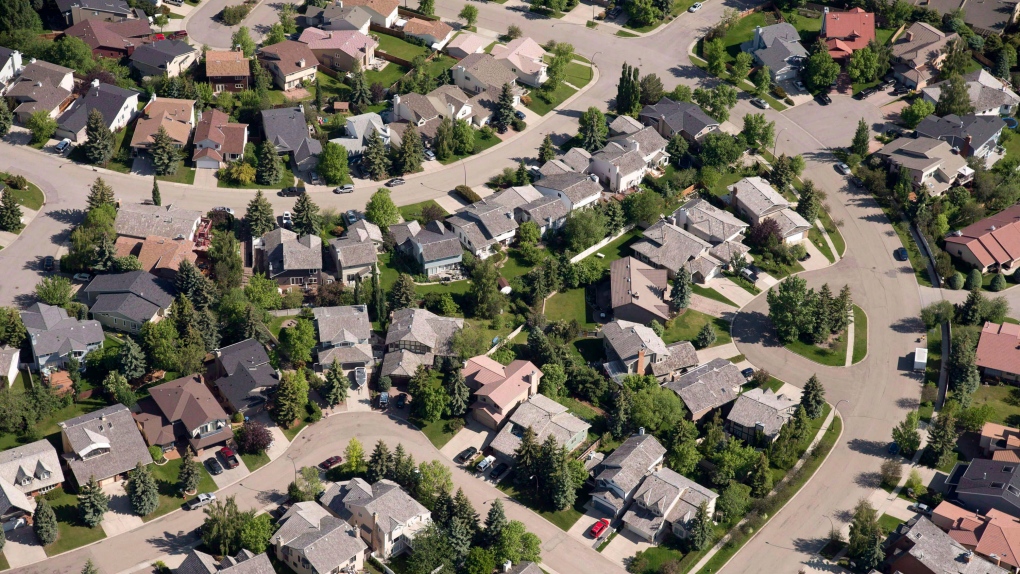 In 2018, Calgary’s city council found itself amidst a contentious debate over the prospect of a blanket rezoning initiative to permit secondary suites citywide. Among the voices opposing this idea was a resident from Parkland, expressing concerns about the potential impact on the community’s character. Despite these reservations, council approved the changes, but subsequent fears about rapid transformation have yet to materialize.
In 2018, Calgary’s city council found itself amidst a contentious debate over the prospect of a blanket rezoning initiative to permit secondary suites citywide. Among the voices opposing this idea was a resident from Parkland, expressing concerns about the potential impact on the community’s character. Despite these reservations, council approved the changes, but subsequent fears about rapid transformation have yet to materialize.
Fast forward six years, and Parkland boasts only four secondary suites, representing a minimal fraction of its housing stock. Similar scenarios have unfolded across numerous Calgary communities, with some experiencing gradual change while others remain largely unaffected.
Now, as Calgary’s council gears up to deliberate another blanket rezoning proposal—this time to allow duplexes and row houses across residential areas—the city’s past experiences with citywide land-use changes take on fresh significance.
The forthcoming proposal forms a crucial component of Calgary’s broader affordable housing strategy, albeit one that has ignited passionate debate. Concerns over parking, traffic, and neighborhood aesthetics echo sentiments expressed during the secondary suites discussion in 2018.
Conversely, affordable housing advocates view the proposal as a timely solution to Calgary’s pressing housing crisis. Yet, historical evidence suggests that such sweeping rezoning initiatives often yield more modest outcomes than anticipated.
Minneapolis’s decision to eliminate single-family zoning in 2019, for instance, has had a limited impact on its housing stock thus far. Similarly, Houston’s decades-long journey to increase density through reduced lot-size requirements underscores the slow pace of change in urban development.
In Calgary, the implementation of secondary suites legislation has followed a steady trajectory, with the growth of registered units aligning closely with city planners’ projections. The uneven distribution of these suites underscores market-driven demand and localized factors influencing development patterns.
Looking ahead, should Calgary proceed with blanket rezoning for row houses, a gradual evolution rather than an immediate transformation is to be expected. Construction of new housing types in established neighborhoods is a complex process, unlikely to result in rapid citywide change.
While emotions run high on both sides of the rezoning debate, it’s essential to recognize that significant shifts in urban landscapes take time. Neither the direst predictions nor the loftiest aspirations are likely to materialize overnight. Incremental changes, however, can pave the way for a more sustainable and inclusive housing future in Calgary.
As Calgary prepares for this pivotal decision, it’s crucial to approach the debate with a nuanced understanding of the complexities involved and a recognition of the long-term implications for the city’s evolving housing landscape.


 Facebook
Facebook
 X
X
 Pinterest
Pinterest
 Copy Link
Copy Link

